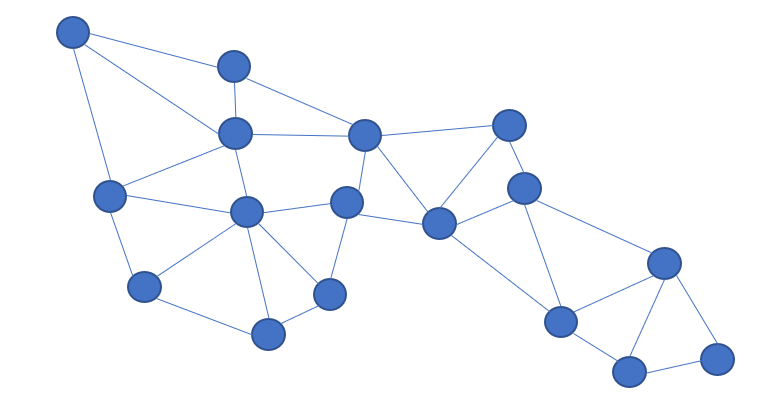
Securing the Internet of Things with Cybersecurity Mesh
Ankit Jogi
SIM / eSIM | GSMA RSP - Consumer/M2M | Connectivity | Cyber-security | Speaker
As the number of devices connected to the internet continues to grow, the Internet of Things (IoT) ecosystem becomes more complex, and with complexity comes a higher risk of cybersecurity threats. Therefore, it is crucial to have a robust security framework that can protect the devices and data in an IoT environment. This is where the cybersecurity mesh can play a crucial role.
What is Cybersecurity Mesh?
Cybersecurity mesh is a new approach to cybersecurity that is designed to protect digital assets across multiple devices, services, and environments. It is a distributed, flexible, and adaptive security architecture that provides security controls to all digital assets, regardless of their location. It operates on the principle of zero trust, which means that all devices, users, and applications are assumed to be untrusted until proven otherwise.
How Cybersecurity Mesh can improve security in IoT ecosystem?
The IoT ecosystem is inherently vulnerable to cyber-attacks due to its distributed nature and the sheer number of devices and applications involved. The cybersecurity mesh can help address these vulnerabilities by providing the following benefits:
Device authentication and authorization: With the cybersecurity mesh, all devices in an IoT ecosystem can be authenticated and authorized before they are allowed to connect to the network. This means that only trusted devices can access the network, reducing the risk of unauthorized access and potential cyber-attacks.
领英推荐
Dynamic security policy enforcement: The cybersecurity mesh allows security policies to be enforced dynamically across all devices and services in an IoT ecosystem. This means that security policies can be updated in real-time to respond to new threats or changes in the environment.
Distributed threat detection and response: The cybersecurity mesh allows for distributed threat detection and response, which means that threats can be detected and responded to at the device level. This reduces the risk of a single point of failure and allows for a more rapid response to cyber-attacks.
Secure communication: The cybersecurity mesh ensures that all communication between devices and services in an IoT ecosystem is secure. This means that data is encrypted, and all traffic is authenticated and authorized, reducing the risk of eavesdropping or data tampering.
Compliance and regulation: The cybersecurity mesh provides a framework for compliance and regulation in an IoT ecosystem. It ensures that all devices and services meet regulatory requirements and that security policies are in place to protect sensitive data.
In conclusion, the cybersecurity mesh offers a new and powerful approach to securing the Internet of Things ecosystem. Its distributed, flexible, and adaptive security controls address the inherent vulnerabilities of the IoT and help organizations protect their digital assets across multiple devices, services, and environments. As IoT devices continue to become more ubiquitous and essential, it is crucial for organizations to implement a cybersecurity mesh to ensure the security and integrity of their data. By doing so, they can enjoy the benefits of a connected world without compromising on security.